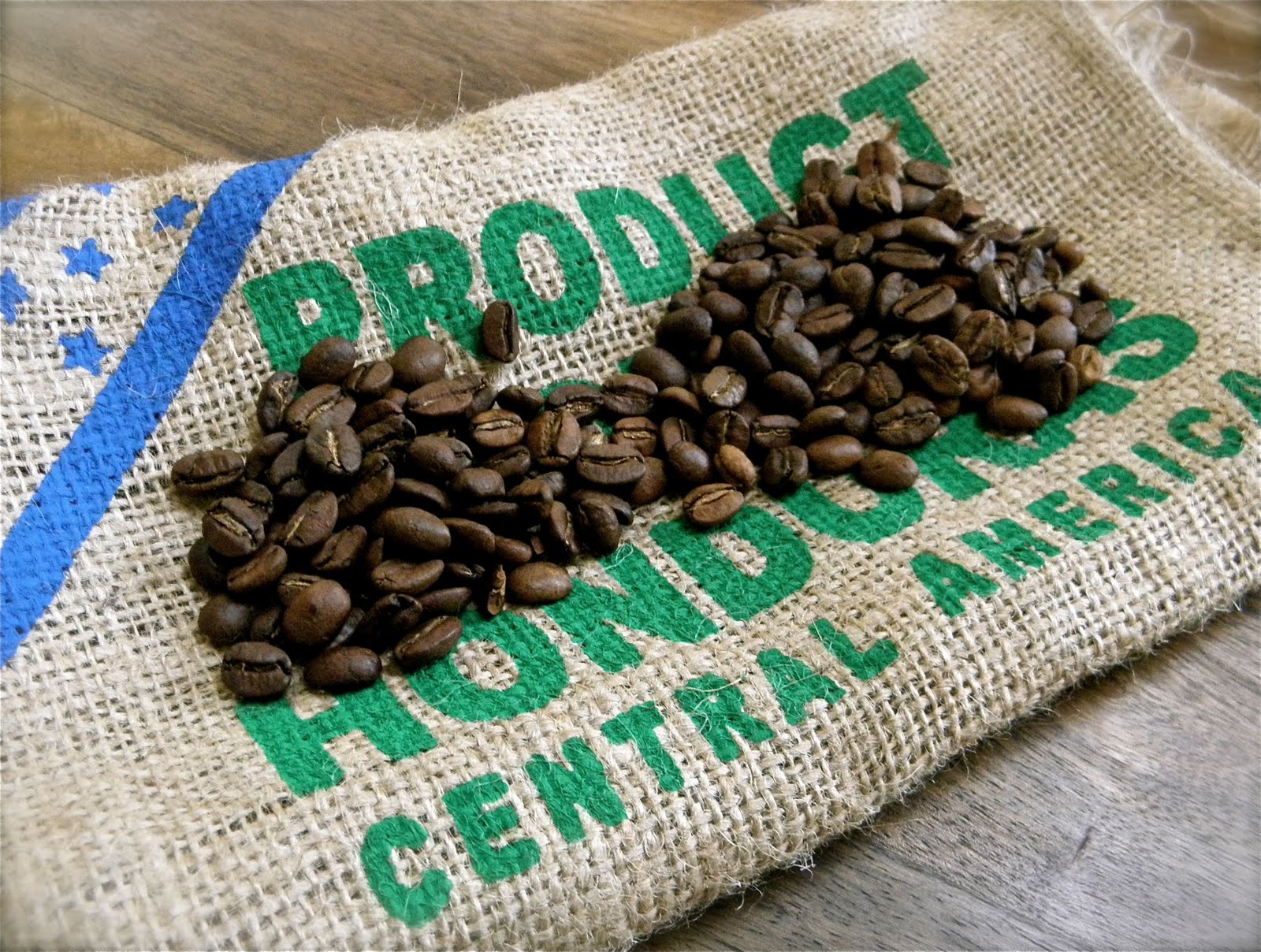
Honduras is an exciting country with large coffee production. But the country has actually made its entrance on the coffee scene relatively late – at least if one compares with the rest of Central America. We come here with a review of Honduras’ coffee production.
Central America’s largest coffee production
Honduras accounts for Central America’s largest coffee producer. Much of the coffee production in Central American countries has its roots back in the 19th century, but this is not the case for Honduras. It is only within the last 60 years that coffee production in Honduras has started. In 1929, 80% of Honduras’ exports consisted of bananas.
Fast-forward to the 1960s, and people are just as quietly starting to set up a coffee production in the country. In 1970, the Instituto Hondureño del Café, abbreviated IHCAFE, is started, an organization that aims to promote coffee production. It must be said that they are successful. From 1970-1996, coffee production in Honduras increased by over 200%.
IHCAFE has also been important in the development of Honduras’ speciality coffees. The organization has defined the six coffee regions that are in the country and has in each region created a kind of coffee laboratory. Here, producers and coffee cooperatives can get help to taste and judge the quality of their coffee.
The coffee organization has also introduced the Cup of Excellence competition. Has competing coffee producers to grow coffee of the highest quality. The coffee is tasted by judges and scored on SCA’s (Specialty Coffee Association) scoring system, which goes up to 100 points.
Anything over 80 points can be qualified as speciality coffee. The competition means that producers are increasing their focus on the quality of coffee, and that coffee from Honduras is receiving international attention.
Today, 10% of the coffee grown in Honduras is either speciality coffee (ie over 80 points on SCA’s scoring system), organic, micro-lot or fair trade. At some of the recent Cup of Excellence competitions, certain coffees from the country have scored over 90 on SCA’s scoring system. Although Honduras is new to the school bench when compared to other countries in Central America, there is coffee to be found in the highest class.
Regions, tastes and coffees
As said, Honduras has six different coffee regions: Copán, Montecillos Opalaca, Comayagua, El Paraiso and Agalta. Later in the article, I focus on three of these regions, but first I will tell you a little bit in general about the kind of coffee grown in Honduras.
If you have read our article on coffee from Kenya, then you may remember that coffee in Kenya was classified according to the size of the coffee beans. In Honduras, you will find a classification system that arranges the coffee beans according to the height at which they are grown. The coffee is called either SHG (Strictly High Grown) or HG (High Grown).
If the coffee is classified SHG, it is grown at over 1200 meters altitude, while HG means the coffee is grown above 1000 meters altitude. According to coffee expert James Hoffmann, there is a certain correlation between the quality of coffee and the height at which it is grown. But he also believes that it is often the less traceable coffees from Honduras that are marketed as SHG or HG. Nevertheless, you can now decipher the strange designations on Honduran coffee bags.
I would like to highlight four varieties of the Arabica coffee variety grown in Honduras. These are Bourbon, Typica, Caturra and Cataui. Cataui and Caturra are both varieties from Brazil, and Cataui makes up almost half of the Arabica coffee grown in Honduras. Typica is one of the oldest coffee varieties in the world, dating back to the 18th century.
Bourbon is also an older and highly cultivated variety. The vast majority of coffee in Honduras is finished with the washing method, where the pulp is rinsed off the coffee carriers. It gives a relatively pure and sour taste, and one can usually expect fruit and sour taste notes in Honduran coffee.
Montecillos
This region is located in western Honduras and borders El Salvador. The coffee from here is grown between 1200-1600 meters altitude, and you will find the varieties Bourbon, Caturra and Catuai. The region has a number of smaller regions such as Marcala and La Paz that sometimes stand on the coffee bags rather than Montecillos. The region has cold nights, which means that the coffee berries ripen more slowly and therefore become sweeter.
Comayagua
Moving a little east from Montecillos, you come to the Comayagua region. The region is full of rainforests, and the coffee is grown at between 1100-1500 meters altitude. Here you will find the varieties Bourbon, Caturra and Typica. Coffee from the region has previously scored over 90 on SCA’s scoring system.
Copan
The westernmost of the three regions that we have taken a closer look at. The coffee is grown at an altitude of 1000-1500 meters, and you will typically find Bourbon, Caturra and Catuai. This region has a special status in Honduras and is known for good quality coffee.
Keep an eye on Honduras
Honduras is an exciting country when it comes to coffee. The organization IHCAFE has launched a lot of good initiatives to promote the country’s speciality coffee. The country is not that big and does not have as many regions left, so it is easy to explore and get an overview of.



Comments are closed.